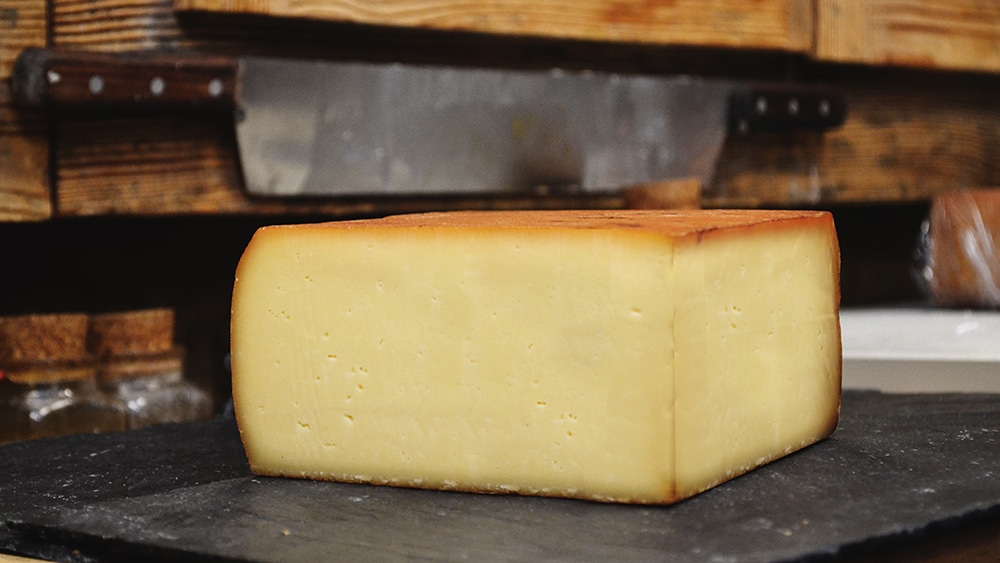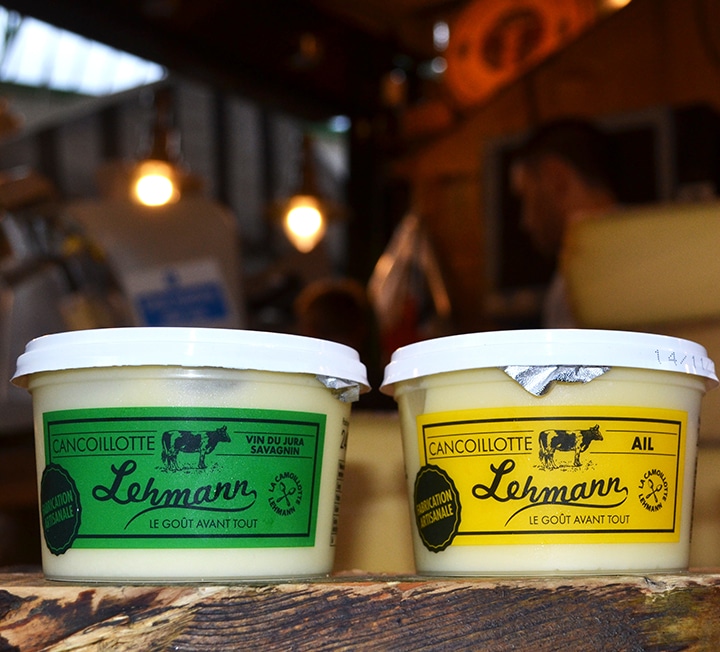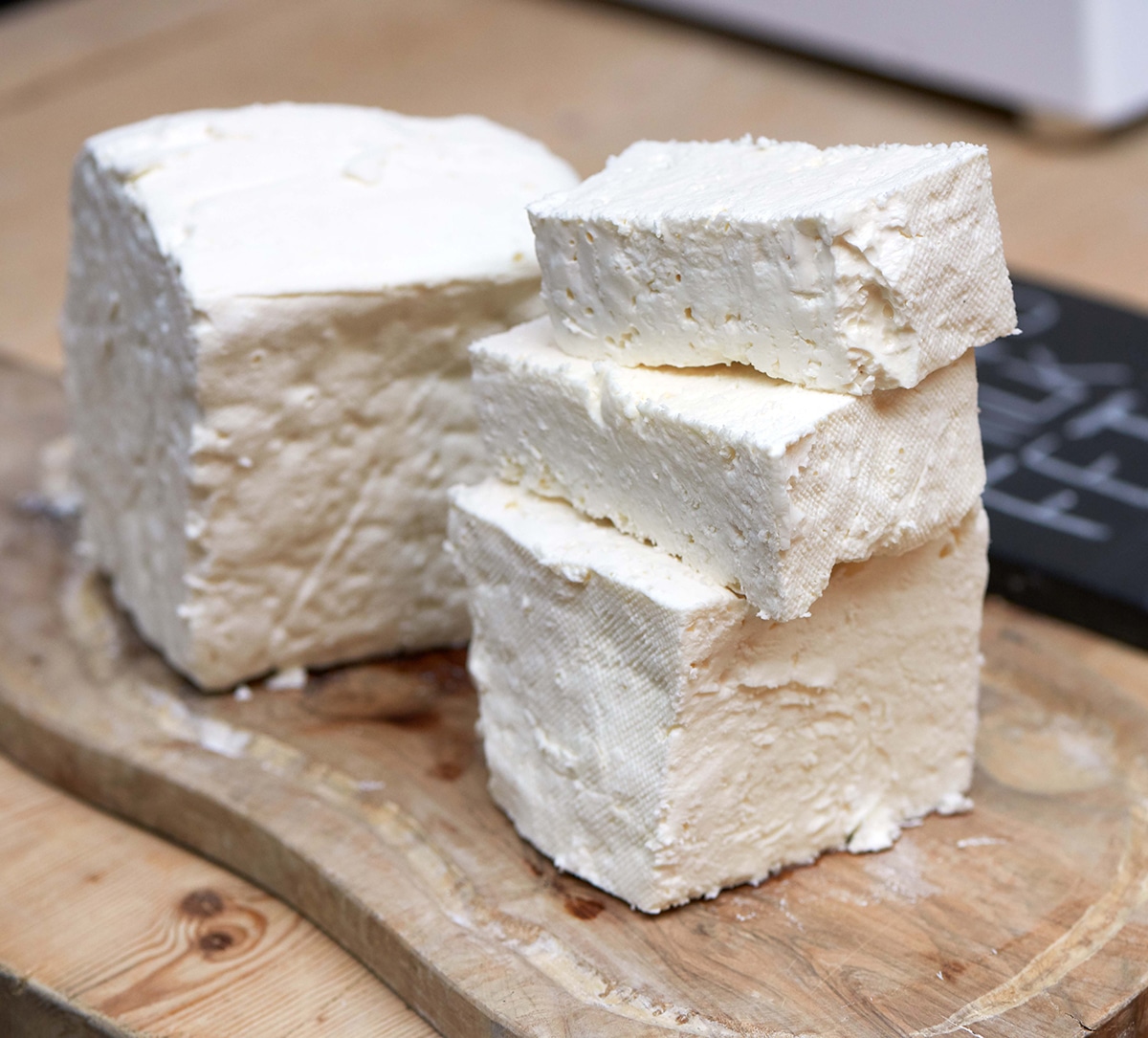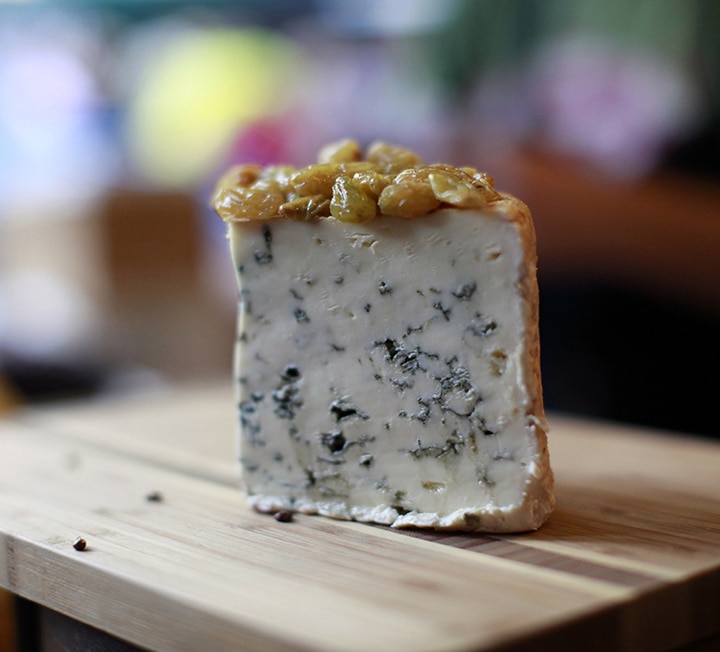Blessed are the cheesemakers: smoked raclette
Clare Finney tells the story behind a unusual smoky version of a Swiss classic from Jumi Cheese


“THE RACLETTE IS AGED FOR TWO TO THREE MONTHS BEFORE BEING EXPOSED TO COLD SMOKE FROM LOCALLY SOURCED WOOD”
To you and I and the majority of people reading this at their work desks or in a snatched break from the daily grind, the life of a Swiss cheesemaker sounds idyllic. Crisp mountain air, a deep silence punctuated only by the lowing of soft-eyed cows and jingle of bells; wild herbs on the breeze and the rich, unctuous aroma of maturing cheeses and sweet, fermenting milk. What’s not to like? Well, not much, acknowledges Marcello, the manager of Jumi Cheese’s Borough Market stall – but there is one small, universal challenge that even cheesemakers occasionally have to face.
Boredom. Yes, believe it or not, making cheese can be quite repetitive “and quite solitary,” Marcello continues. Now in his fifties, Herr Glauser – a cousin of Jumi founders Jürg Wyss and Mike Glauser – has been making cheese since he was 19 years old in the Swiss valleys where his family lives. But it’s his restlessness, manifested in experimentation with different recipes, that lies behind many of Jumi’s best products: Belper Knolle, Blue Brain and, now, a series of raclette recipes that transform this ancient staple of mountain cuisine.
Based on Glauser’s signature raclette recipe, but with the addition of a few weeks’ smoking, this is to our minds the most approachable of Jumi’s numerous unusual raclette varieties. As with all their cheeses, each litre of milk that makes up this semi-hard sensation comes from simmental cows: indigenous to the region, grazed only on fresh grass in summer and, come winter, homemade hay.
One of the reasons Jurg and Mike founded Jumi cheese in the first place was to support the small, family-run farms and dairies which were being undercut by industrial-scale producers. Every morning Herr Glauser receives a delivery of local milk which, being unpasteurised and unhomogenised, retains all the character of its locale and seasonality.
Once set and moulded into the square shape he favours (it is “more handy” for placing on the grill, Marcello explains) the raclette is aged for two to three months before being exposed to cold smoke from locally sourced wood. “It’s all about seizing the right moment,” Jurg and Mike have said, “which isn’t as easy as it may sound.”
Perhaps, on reflection, being a cheesemaker isn’t as easy as we might think. Perhaps we’re better leaving the making of cheese to those whose families have been doing this for generations, and stick to what we do best: buying raclette by the chunk, grilling and scraping it off onto bread, potatoes and gherkins, then savouring the salty, smoky, gooey, quintessentially Alpine taste.


